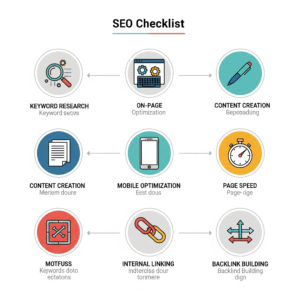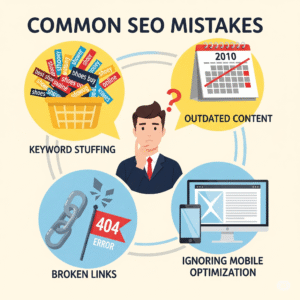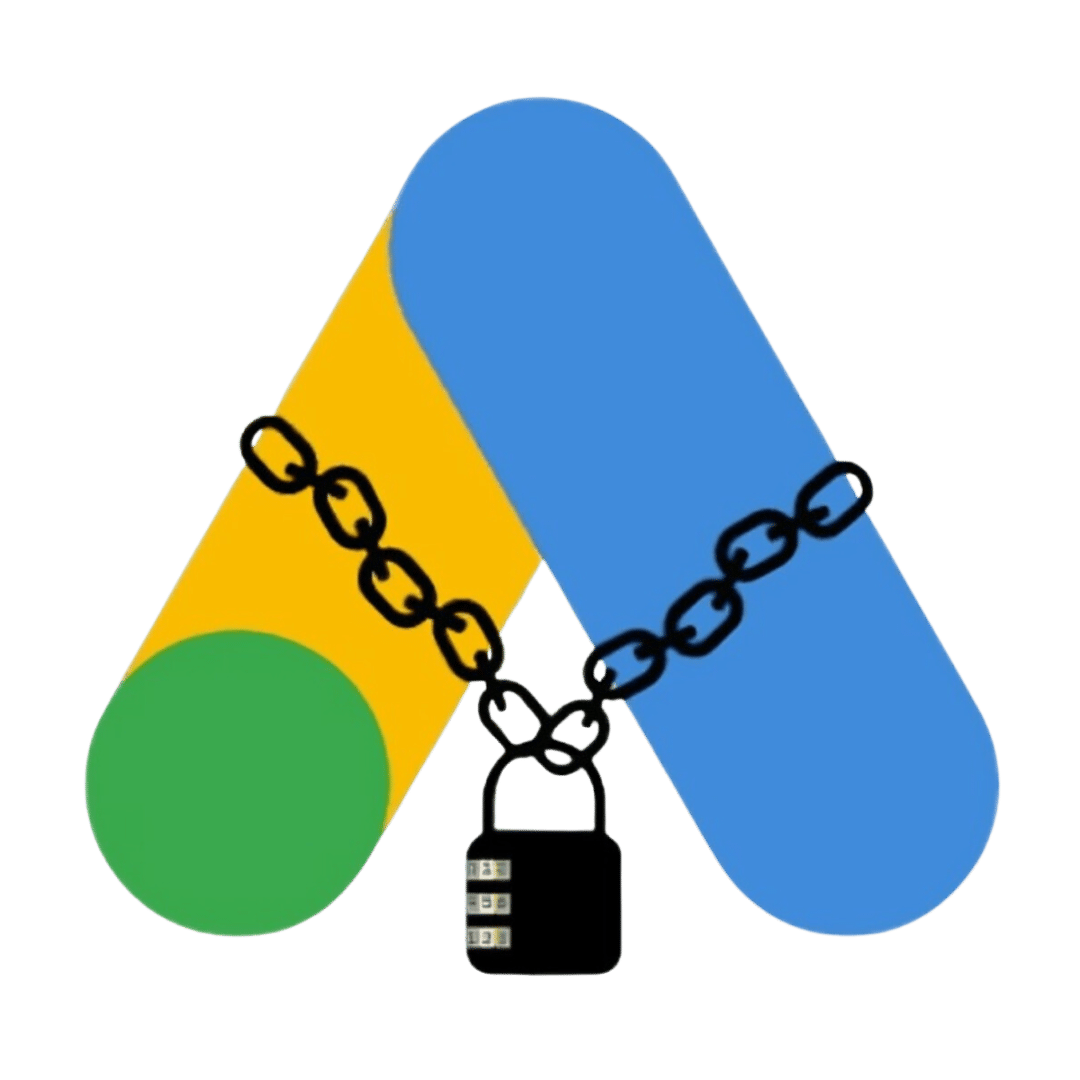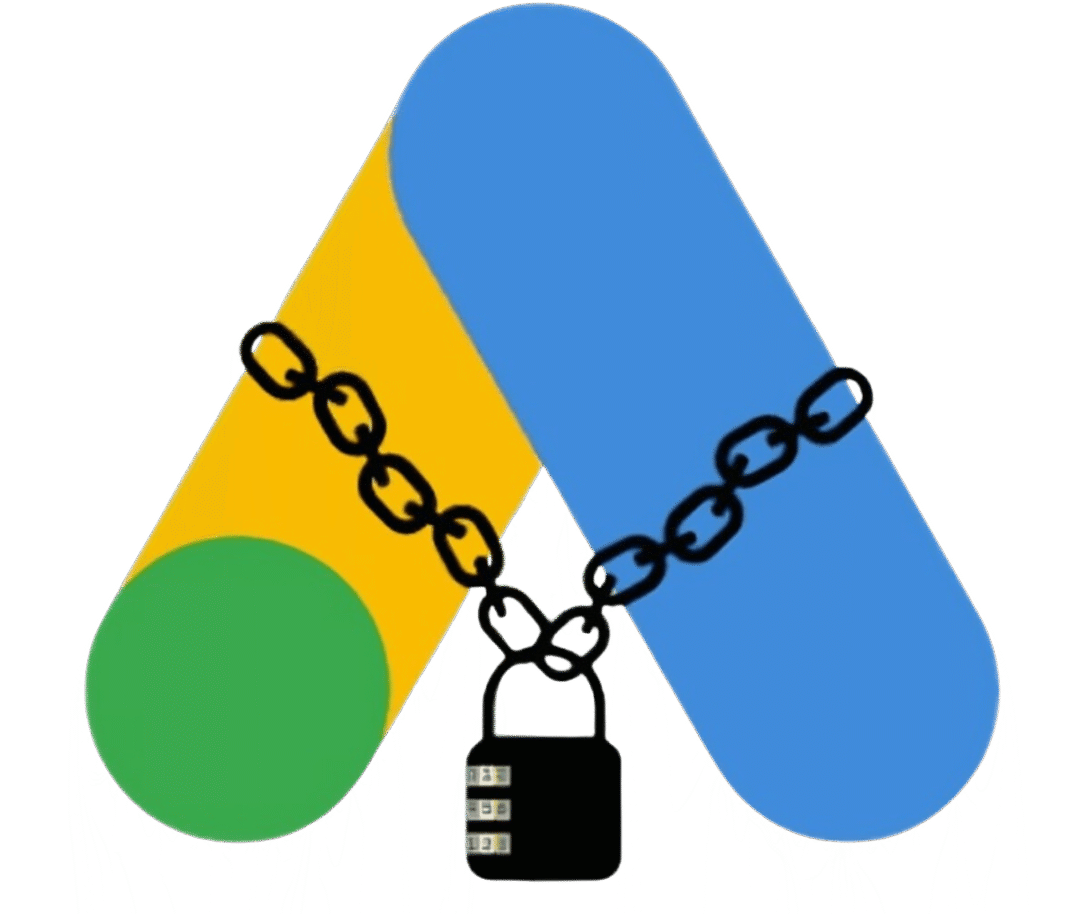What is SEO?
Want to grow your website traffic without spending money on ads? Search Engine Optimization (SEO) is your ticket to getting found on Google. Whether you’re starting a new blog or running a business website, learning SEO basics can help you appear higher in search results, attract more visitors, and increase sales. In this complete beginner’s guide, we’ll explain what SEO is, walk you through the key steps to optimize your site, share common mistakes to avoid, and show a real-life example of SEO success.

Search Engine Optimization (SEO) is the process of improving your website’s visibility on search engines like Google, Bing, and Yahoo. The goal is to rank higher in search engine results pages (SERPs) for keywords relevant to your business, which can increase organic traffic without paying for ads.
In simple terms, SEO helps search engines understand your content so they can show it to people looking for what you offer. For example, if you run a bakery in New York, SEO can help you appear when someone searches for “best bakery in New York.”
How to Do SEO (Step-by-Step)
Here’s a simple SEO checklist for beginners to help you get started:
- Keyword Research: Use tools like Google Keyword Planner or Ubersuggest to find relevant keywords.
- On-Page Optimization: Include keywords in titles, headings, meta descriptions, and image alt tags.
- Content Creation: Publish high-quality, original content that solves your audience’s problems.
- Mobile Optimization: Ensure your site looks and works well on smartphones.
- Page Speed: Use tools like Google PageSpeed Insights to improve loading times.
- Internal Linking: Link related articles within your site to help users and search engines navigate.
- Backlink Building: Get links from reputable websites in your industry.

Checklist for beginners to get started with SEO.
Common SEO Mistakes to Avoid
- Keyword stuffing – Overusing keywords unnaturally.
- Not updating content – Outdated pages can lose rankings.
- Broken links – Bad user experience and wasted link equity.
- Ignoring mobile optimization – Google ranks mobile-friendly sites higher.

Common SEO mistakes to avoid for a healthy online presence.
SEO Case Study
In this case study, a small e-commerce store selling handmade candles applied beginner-friendly SEO techniques. They researched long-tail keywords like “organic soy candles USA,” optimized product descriptions, and started a blog with candle care tips.
Within 6 months, their organic traffic doubled, sales increased by 45%, and they ranked on the first page of Google for multiple keywords. This shows that even small changes can have a big impact when done consistently.
Conclusion
SEO is a powerful way to grow your online presence, attract more visitors, and increase sales — without paying for ads. By following the steps in this guide, avoiding common mistakes, and focusing on high-quality content, you can see real results.
Start today: Choose your keywords, optimize your site, and track your progress. The sooner you begin, the sooner you’ll see results. Or, simply reach out to us for expert help.


